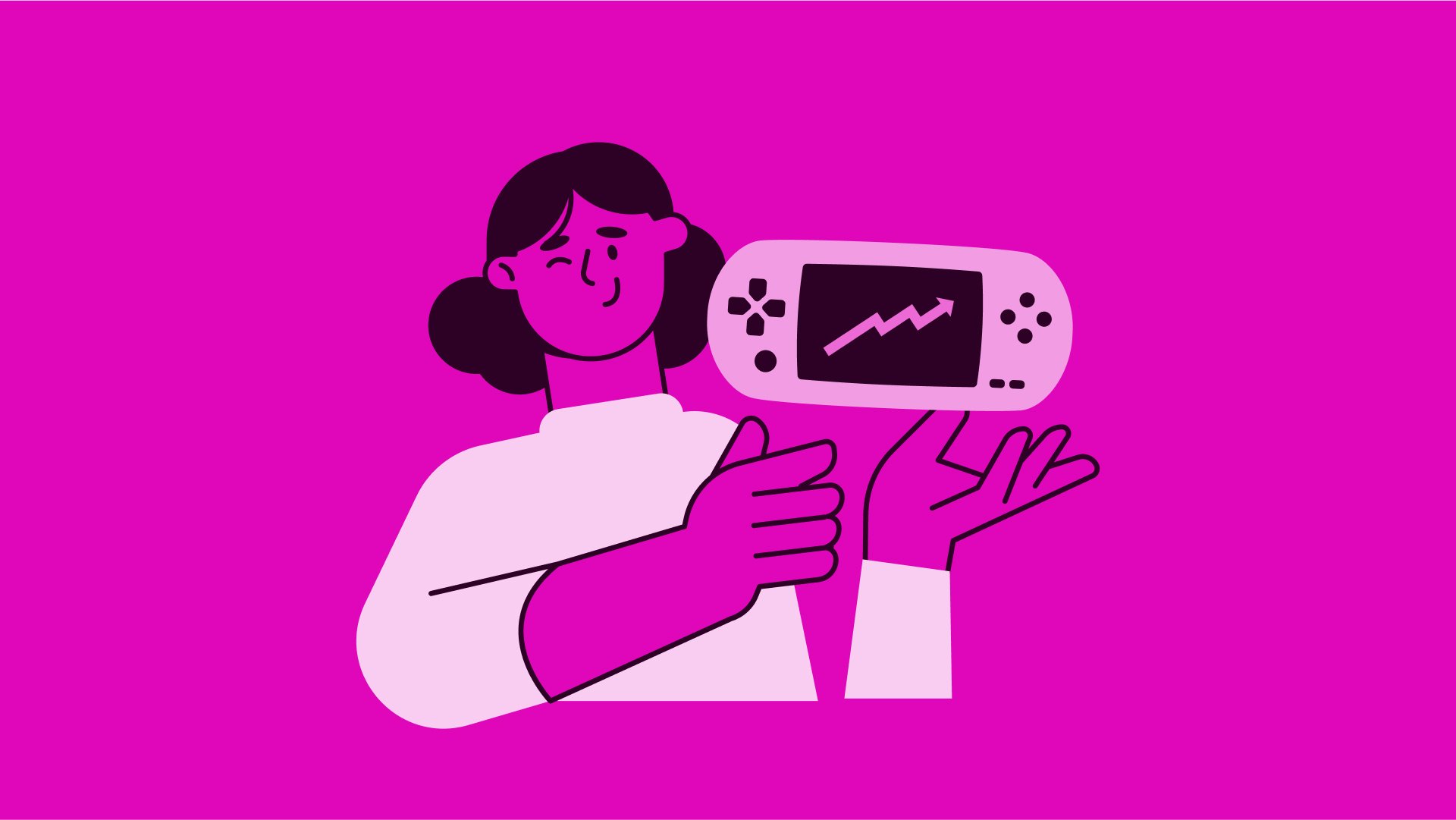Creating an innovative game is hard enough, but finding the right monetization strategy can make the difference between attracting new players and driving them away. With thousands of games released weekly, you must optimize your pricing to avoid alienating your audience while still generating revenue and profit.
The best way to monetize your game depends on the type you're developing. Monetization strategies can range from free-to-play with micro-transactions to premium and subscription models. There isn’t a one-size-fits-all approach, but to help you in your quest for the ideal one, we’ve prepared a breakdown of the three most common methods, examples to replicate and others to avoid, and suggestions on how to select a method based on the type of audience you’re targeting.
Choosing the right monetization approach is important in attracting new players, retaining existing ones, and building trust with your community from the game's announcement through its post-release.
Comparing Monetization Methods Within the Gaming Industry
After you’ve completed your game market analysis, including fully knowing your game and researching your target audience behaviour, the next step is to consider its placement among competitors and analyze potential monetization methods. Not every competing game will be as successful as the next, and that can be attributed to both its quality and monetization strategies.
The chart below breaks down the most common monetization strategies developers use worldwide. The traditional premium purchase still dominates, but the freemium and subscription methods are growing, particularly the former, leading to new avenues for you to market your game to your desired audience.
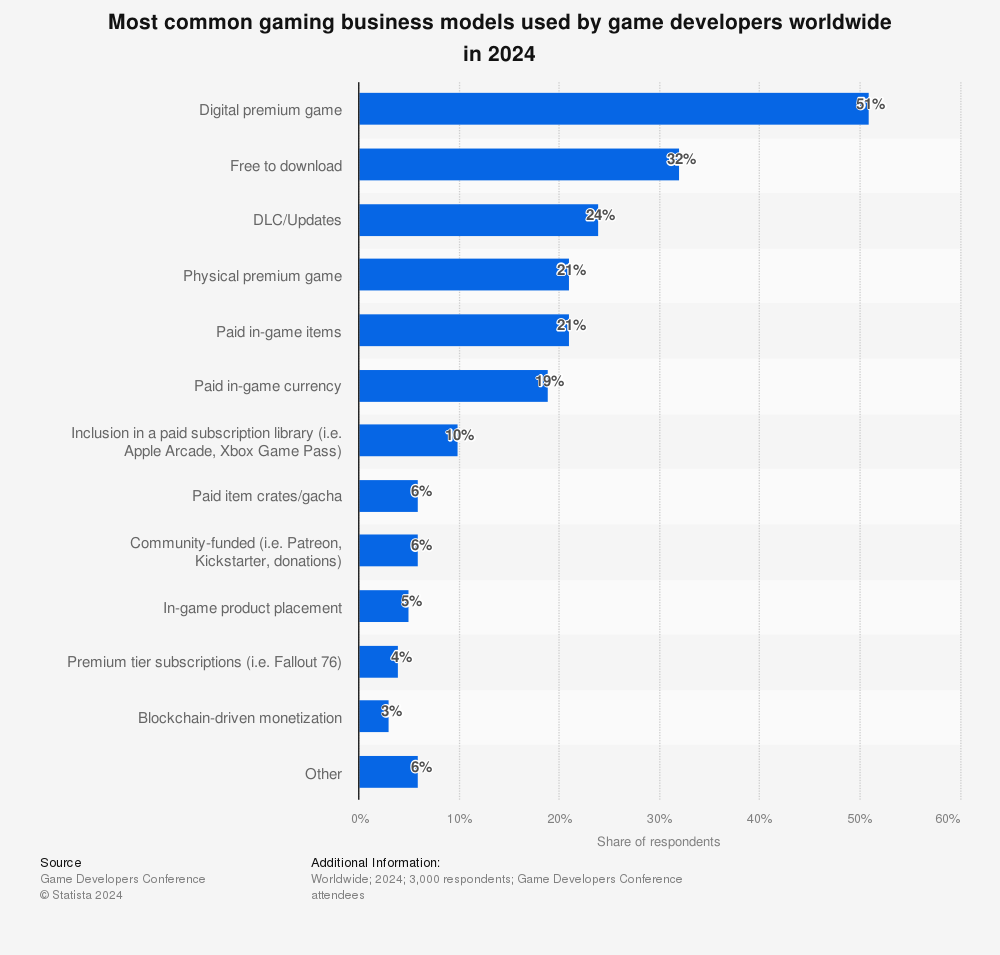 Worldwide video game monetization strategies in 2024 - Published by J. Clement on March 14, 2024.
Worldwide video game monetization strategies in 2024 - Published by J. Clement on March 14, 2024.
There is no shortage of ways to monetize your game, though there are three big ones that occupy the gaming industry to consider when first planning out your monetization strategy: Free-to-play, Subscription, and Premium.
Free-to-Play Model
The Free-to-Play —or Freemium— model is exactly what it sounds like. There’s no barrier to entry, everyone can download the game and enjoy it for as long as they please. But don’t be fooled; despite the free entry, the goal of this model is to get players to purchase additional content, largely cosmetics, to add some flair to their characters. With 32 % of games developed in 2024 using this model, it’s the second most popular way to monetize a game.
Examples: Fortnite, League of Legends, Dota 2, Roblox
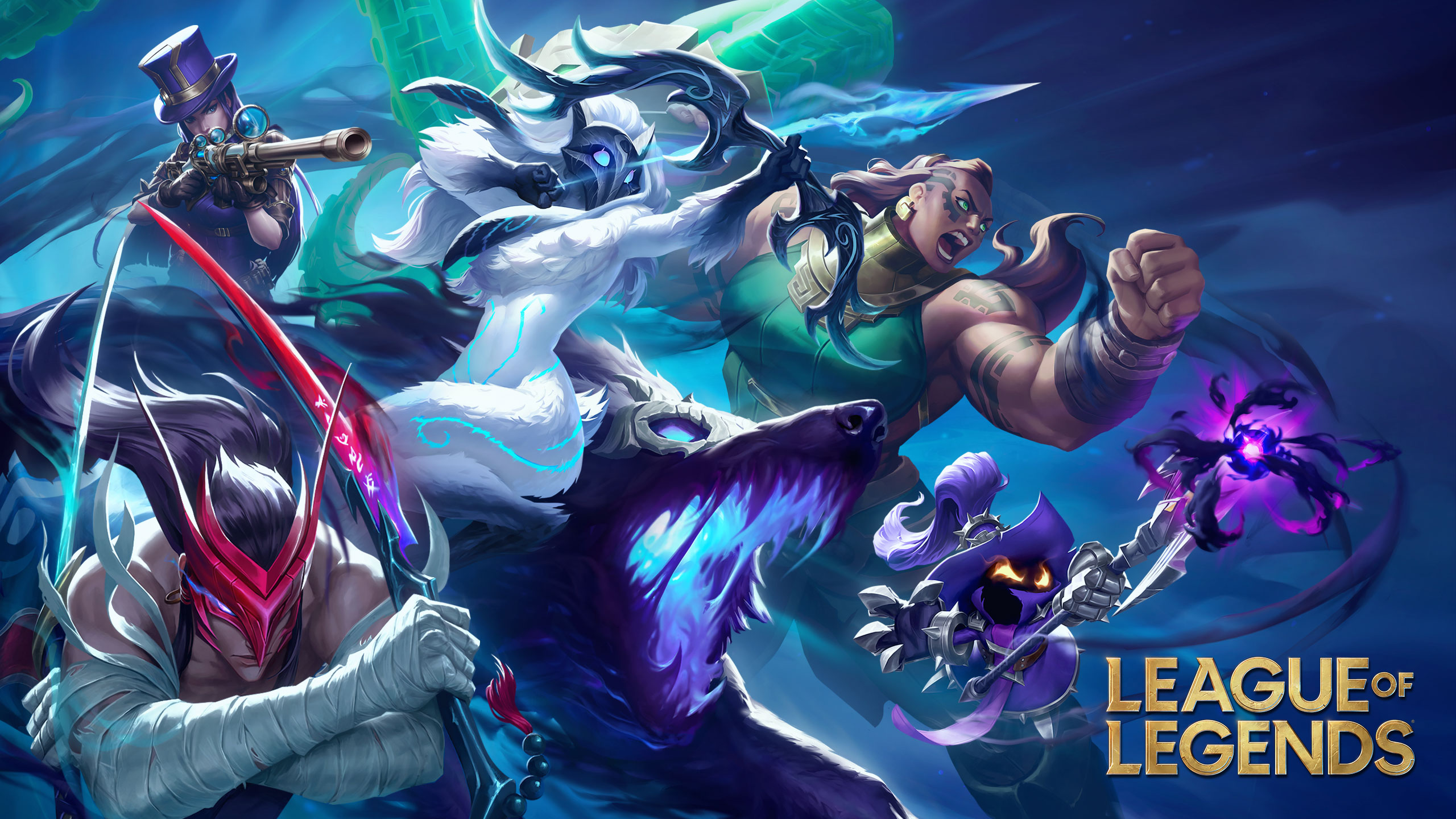 League of Legends has been one of the most popular freemium games since 2009 - Image via Riot Games.
League of Legends has been one of the most popular freemium games since 2009 - Image via Riot Games.
Subscription Model
A subscription-based monetization model is ideal for a game that relies on constant updates to keep it fresh and exciting. Unlike freemium games, subscription-based ones tend to offer more in terms of story and mechanics to ensure there’s enough variety to keep their players engaged.
Examples: World of Warcraft, Final Fantasy XIV
Premium Model
Finally, the premium model is simple and effective but requires your game to have enough high-quality content to keep players engaged from start to finish. Don’t be fooled by the strategy’s title, however. You don’t need to charge the price of a AAA game for it to be considered premium. Once you start selling the game with a single price point, it enters premium territory.
Examples: Baldur’s Gate 3, Astro Bot, The Legend of Zelda: Tears of the Kingdom
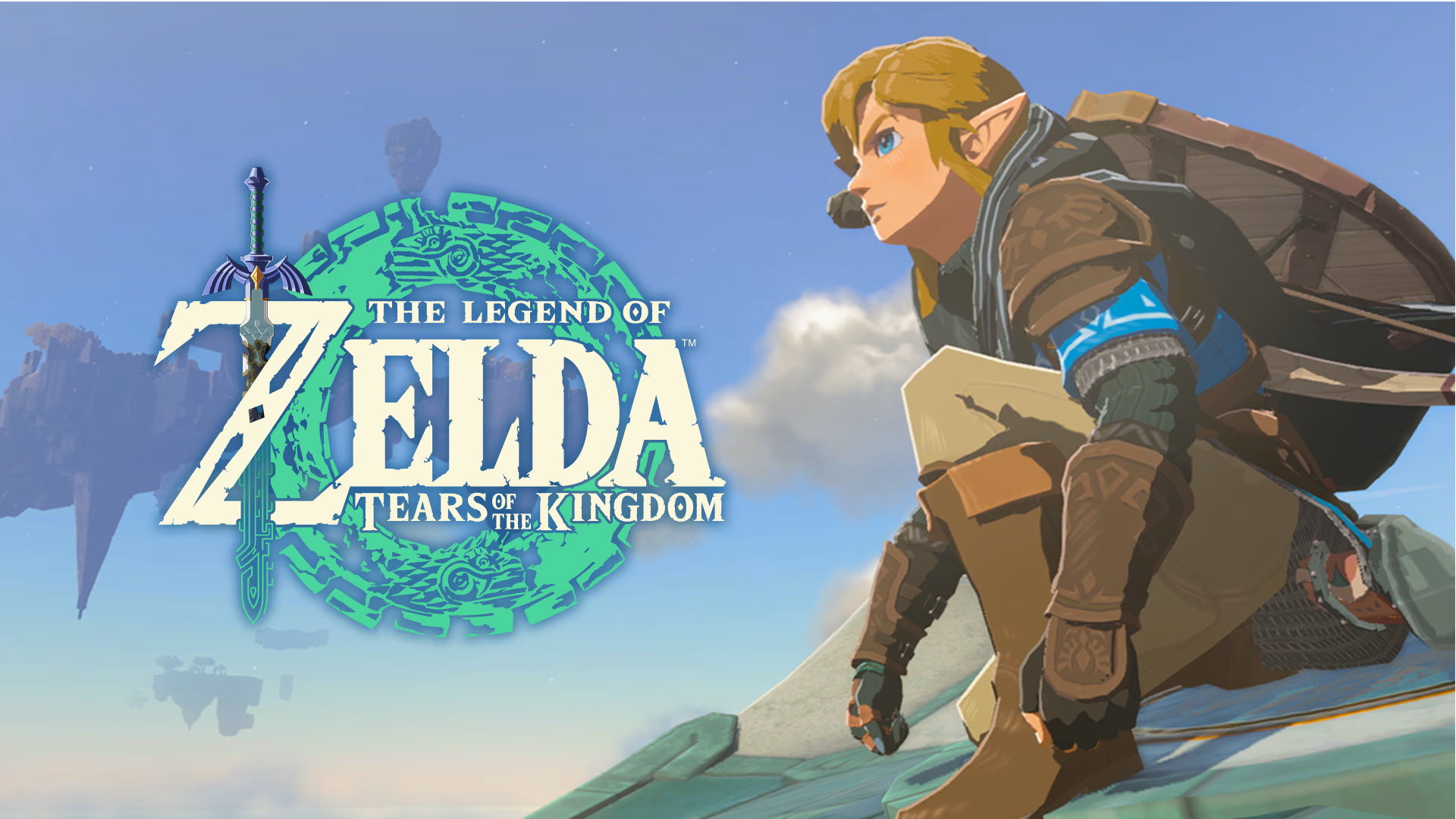 The Legend of Zelda: Tears of the Kingdom has sold over 20 million copies since its release - Image via Nintendo
The Legend of Zelda: Tears of the Kingdom has sold over 20 million copies since its release - Image via Nintendo
Of course, there are other monetization strategies. Though we focus mainly on the three above, the table below briefly outlines the most popular methods and their benefits and flaws.
Get Your Monetization Strategy Right From the Start
Nailing your monetization strategy from day one is a must for your game’s long-term success.
Take Star Wars: Battlefront II as a cautionary tale — its initial microtransaction-heavy model sparked backlash and forced a major overhaul.
On the other hand, change doesn’t need to come from controversy. Look at Overwatch: the shift from a one-time purchase in the first game to a free-to-play model with battle passes and direct purchases in Overwatch 2 opened up entirely new revenue opportunities.
Additionally, DLCs have proven to be a reliable revenue stream that, when done right, keep players engaged and spending over time.
The lesson? Start with a monetization strategy that’s player-friendly, scalable, and sustainable from the get-go.
For every game that experiences success and continuous growth in their monetization strategies, there are a handful of others that stir up controversy with their tactics.
Room for growth
In 2017, EA DICE released its infamous Star Wars: Battlefront II shooter game that rubbed players the wrong way from the onset. The game was sold at a premium price, complete with customizable perks, characters, and cosmetics to make the experience more personal.
The problem, however, lay in EA’s attempts to get people to pay for these unlockables. Instead of having a linear progress system that allowed you to get more powerful perks as you levelled up, players were forced to buy loot crates that randomly decided what they would get.
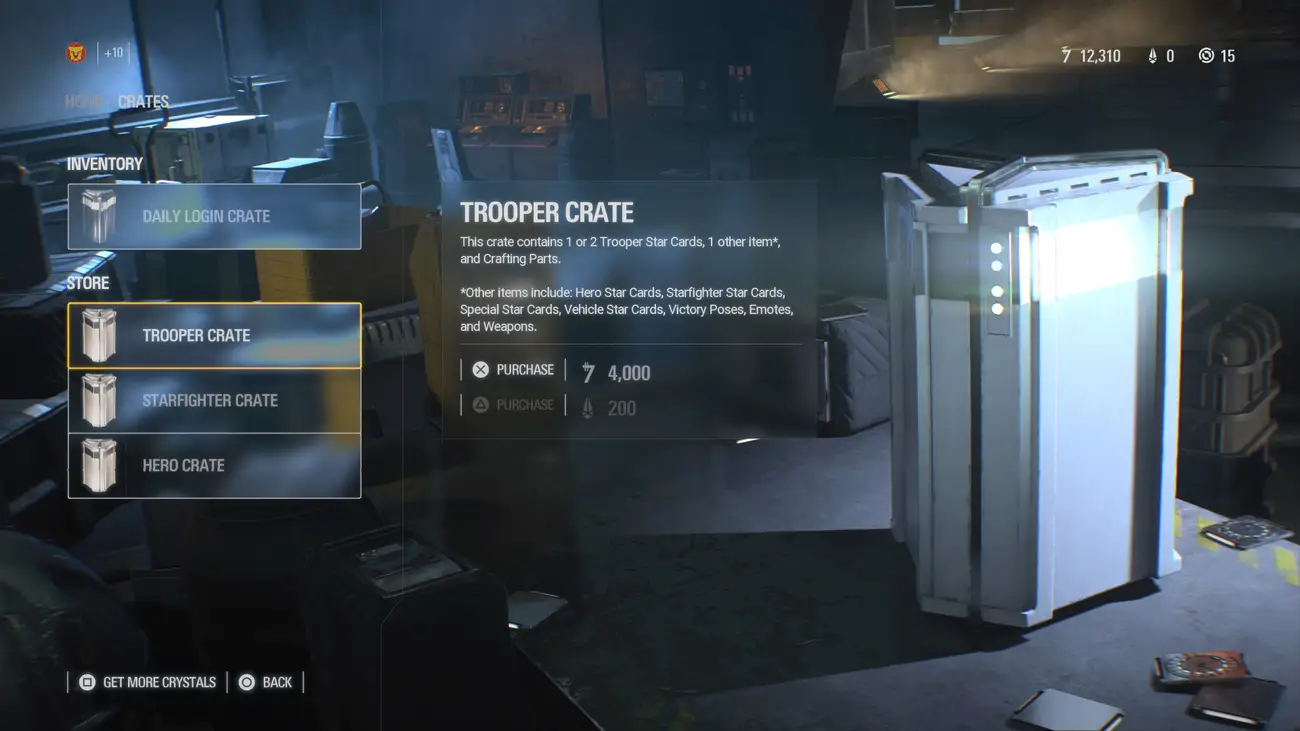 Star Wars Battlefront II’s now-retired loot boxes stirred unwanted controversy - Image via Business Insider
Star Wars Battlefront II’s now-retired loot boxes stirred unwanted controversy - Image via Business Insider
These perks gave players advantages when playing against others who thought that simply paying the price of admission would be enough to enjoy balanced gameplay.
The backlash was nearly immediate. After the open beta, critics panned the loot crates, which had only snowballed by the time the game was properly released. With accusations of gambling and pay-to-win mechanics abound, players were put off by these strategies and opted not to buy the highly anticipated sequel to the rebooted series.
EA eventually caved to the pressure, removing microtransactions and implementing a roadmap that would revamp the progression system to eliminate pay-to-win mechanics. The restructuring worked, to a degree, as player counts started rising again and re-reviews scoring it in a more positive light, but the damage had already been done, and the EA DICE brand took an unprecedented hit.
Having a solid and efficient monetization strategy in place from the very beginning is a must for your game to succeed. The only reason EA was able to recover from its monetization missteps was due to its sheer scale and resources as a massive AAA studio. For most studios, a mid-course correction can lead to financial disaster, making it more than important to get it right from the start.
Take, for example, the case of Cliff Bleszinski’s studio Boss Key Productions, which had to pivot the monetization model of LawBreakers from premium to free-to-play. The shift came too late, and the game failed to gain traction, ultimately leading to the studio’s closure.
Replicating monetization success
On the opposite side, consider a successful game in a similar niche. What makes people want to spend money on it continuously over time? Is it new cosmetics, maps, or a battle pass with intriguing rewards?
Take The Witcher 3, for example. In 2015, it launched with dozens of hours worth of content that kept players engaged for months after release. As expected with a single-player game, concurrent players started decreasing as many finished the story and side quests.
That same year, the developer, CD Projekt Red launched the first of two large expansion packs Hearts of Stones and Blood and Wine, that continued to flesh out the story in meaningful ways. Though the DLC wasn’t free, it provided enough value to convince existing players to return and perhaps convince someone who was on the fence to pick it up given more content had been added.
Once you’ve assessed the monetization strategies, analyze the different aspects of the game’s model. Is the pricing fair? Is the in-game economy sustainable? Are purchase rates consistent, or are they dwindling? These are questions to ask not only at the game's conception but throughout its entire life cycle.
Learning all the right lessons
By analyzing the competition, you’ll better understand what works and what doesn’t. Then, you’ll decide on your competitive advantage. How will it stand out in a crowded market? If your game’s calling card is its unique combat mechanics, consider adding original weapon cosmetic upgrades. If it’s a third-person game, you can sell custom-made outfits to spark new life into a playthrough.
At GameRebellion, we can do the heavy lifting for you. With our custom Game Market Analysis, you’ll gain tailored in-depth insights on how your game’s competitors have set up their monetization strategies, so you can know in advance which ones are working and which are best avoiding.
Overwatch, despite being a first-person hero shooter, features hundreds of different skins for characters and weapons, so players can make the experience feel totally unique to their tastes.
The monetization system in the original Overwatch, released in 2016, relied on an upfront purchase model with optional loot boxes for cosmetic items. In Overwatch 2, the game shifted to a free-to-play model, replacing loot boxes with a battle pass system and direct purchases for cosmetics while also introducing seasonal events with exclusive, limited-time content.
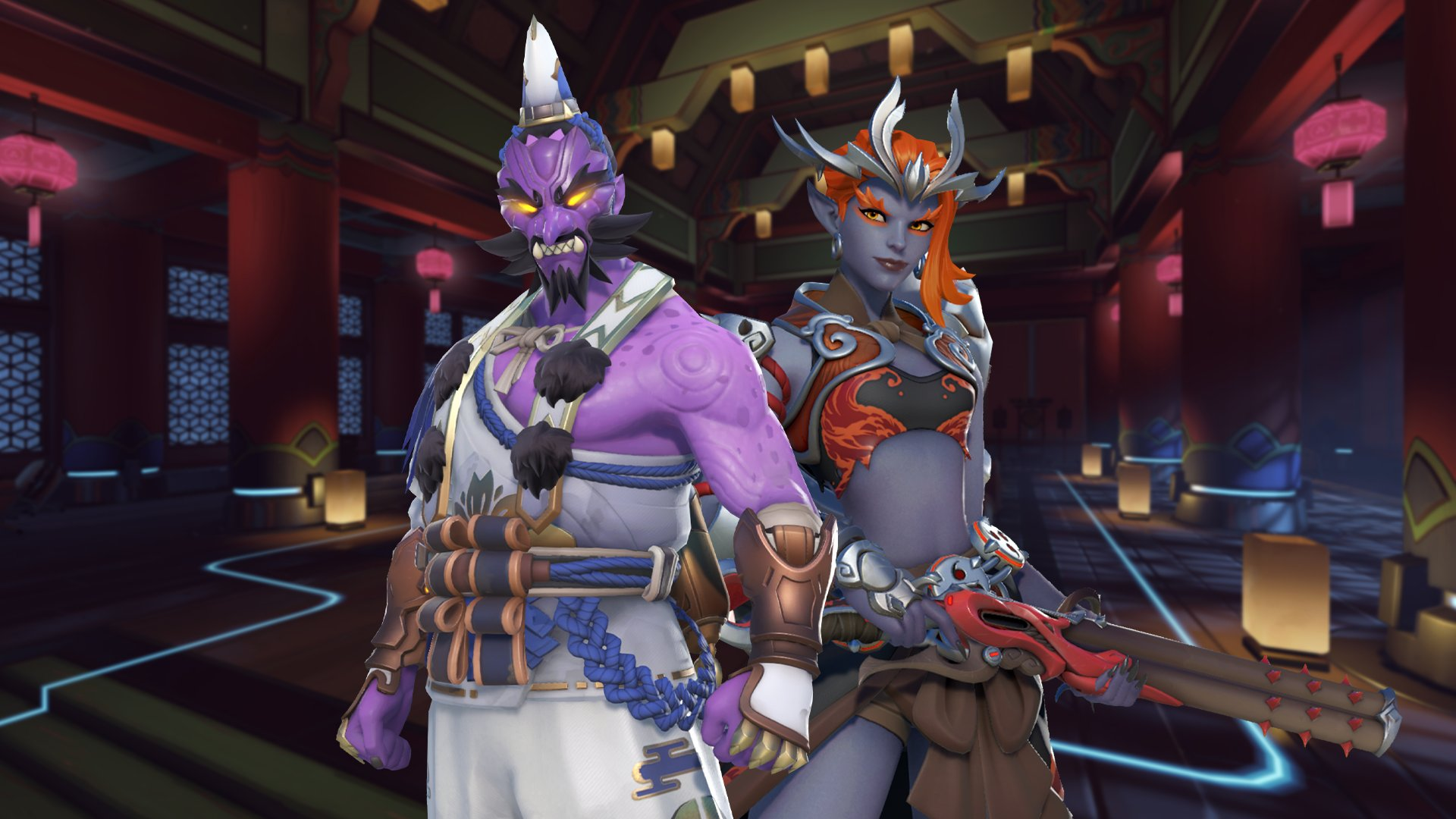 Overwatch reveals new skins for two of its characters - Image from X.
Overwatch reveals new skins for two of its characters - Image from X.
Though player reactions to the change in monetization methods were mixed, the game’s pivot proved that there was still a lot left in the tank for the hero shooter. According to Active Player, the game currently averages just over 6.2 million players per day, and while it isn’t immediately clear how many of them are spending money in-game, there are clearly still players heavily invested in Overwatch 2.
Conversely, if your game is narrative-focused, consider preparing expansions that continue to flesh out your game in meaningful ways, giving new players more reason to dive in and existing players cause for return.
Monetizing For the Right Audience
Now that you’ve established your game’s essence and compared it to similar offerings on the marketplace, determine who your core audience will be, as different players will spend money on games for different reasons.
Casual players, for instance, tend to play in shorter bursts, preferring accessible games that don’t require heavy time commitments and are typically more accepting of non-intrusive ads or optional in-game purchases. If you’re targeting this group of players, you may want to consider a freemium model that doesn’t force them to spend much money at a time.
Games like Brawlhalla and The Sims 4 offer players the chance to immerse themselves in their respective worlds, but there’s a catch. The base game is highly limited, and players will eventually feel like their options are too.
With the ability to purchase new add-ons, ranging from new fighters for the former to new stories and locations for the latter, these optional packs can expand the game for those who want more out of their favourite games.
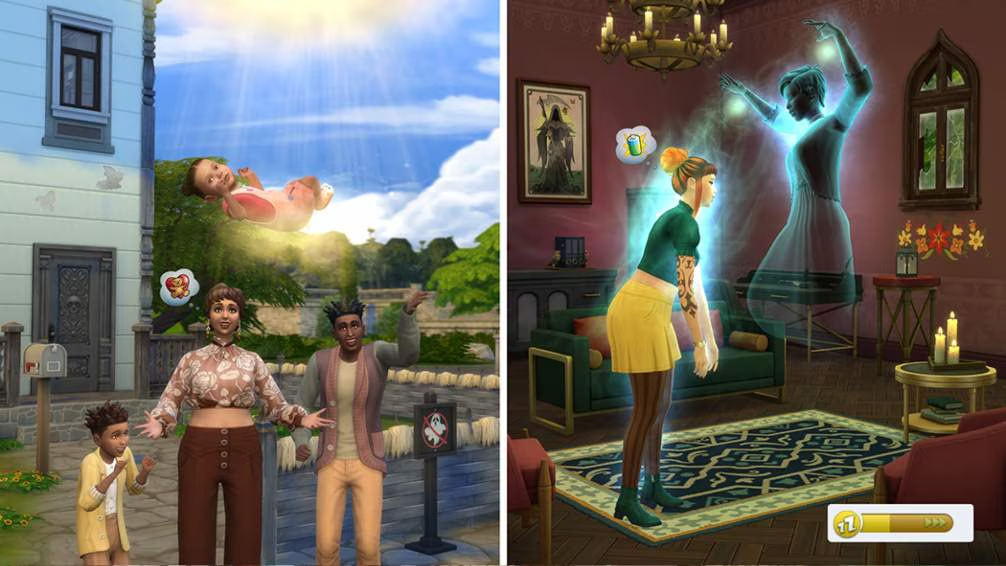 The Sims 4 recently revealed its latest expansion, Life & Death. Image from EA Games.
The Sims 4 recently revealed its latest expansion, Life & Death. Image from EA Games.
On the opposite end, you’ll find hardcore gamers. These players aren’t afraid to spend money on a game that resonates with them, and they’ll be more inclined to pre-order, buy DLC and indulge in microtransactions. With this audience, you can charge a premium price for a game and continue to support it with paid DLC to keep them engaged for months to come.
Somewhere in between casual and hardcore gamers are the mid-core gamers. They may not be willing to pay premium prices to keep up with every new release, but if they find a game they see themselves sinking multiple hours into, they won’t be averse to investing some money into it.
Mid-core gamers often value progression, challenge, and multiplayer components, but aren’t necessarily attracted to highly competitive or ultra-demanding mechanics that require a time and effort commitment. Beyond the gameplay, mid-core gamers will also enjoy games that offer a clear sense of achievement; games that feature battle passes or loot-based progression are an easy way to make players feel like they’re making real progress.
Understanding gamer spending habits
To put it into perspective, a study from CTA found that the average gamer spends about 24 hours a week playing video games. How does that translate from a monetary standpoint?
According to a report on Statista, the average player in the United States will spend nearly $20 per month on video games, regardless of whether it’s a full game or in-game purchase.
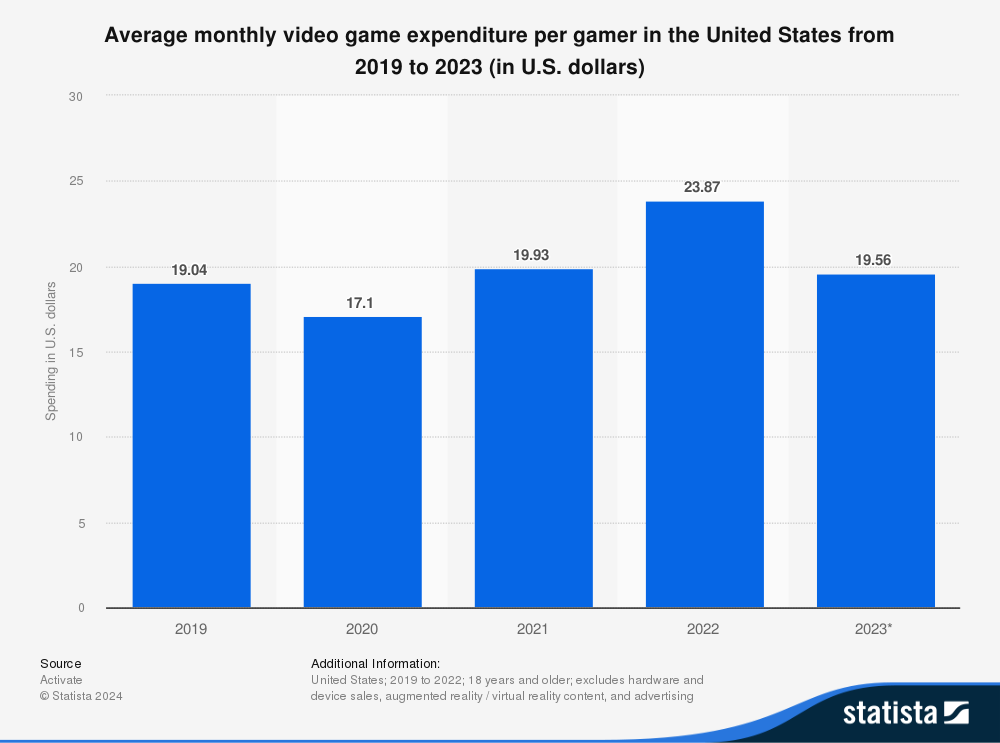 The average monthly amount the average gamer will spend between 2019-2023. Published by J. Clement on Dec. 20, 2023.
The average monthly amount the average gamer will spend between 2019-2023. Published by J. Clement on Dec. 20, 2023.
Of course, not every gamer spends their time and money in the same way. In fact, the average weekly playtime largely depends on which category of gamer they fall under.
The average hardcore gamer spends around 37 hours per week gaming, while mid-core gamers spend about 29 hours, and casual gamers average 13 hours per week.
Given that each type of player spends varying hours in a week gaming, it’s important to carefully select which one of them you’ll market your game to, as not all of them will have equal reactions to every form of monetization.
Analyzing Successful Monetization Strategies
You’ll need to come up with a unique monetization strategy that works specifically for your game, but it’s worth taking a peek into successful strategies from other games to assess whether or not you can create a comparable roadmap.
Fortnite, king of the free-to-play model
Fortnite, the biggest battle royale game since 2017, exemplifies the free-to-play model. Epic Games made it clear from the start that players can enjoy the game without spending a cent — just jump in and play.
However, for those who want more than default skins and generic weapon wraps, the option to purchase a battle pass offers over 100 unique rewards or individual cosmetics from the in-game shop to personalize their experience.
The game’s success isn’t a flash in the pan either—according to a report by Newzoo, free-to-play and AAA games brought in 12 times more in-game revenue than indie and AA titled combined. For free-to-play games specifically, 80% of that revenue was due to microtransactions, 14% came from DLC, and 6% from in-game subscriptions (in this case, it’s Fortnite Crew).
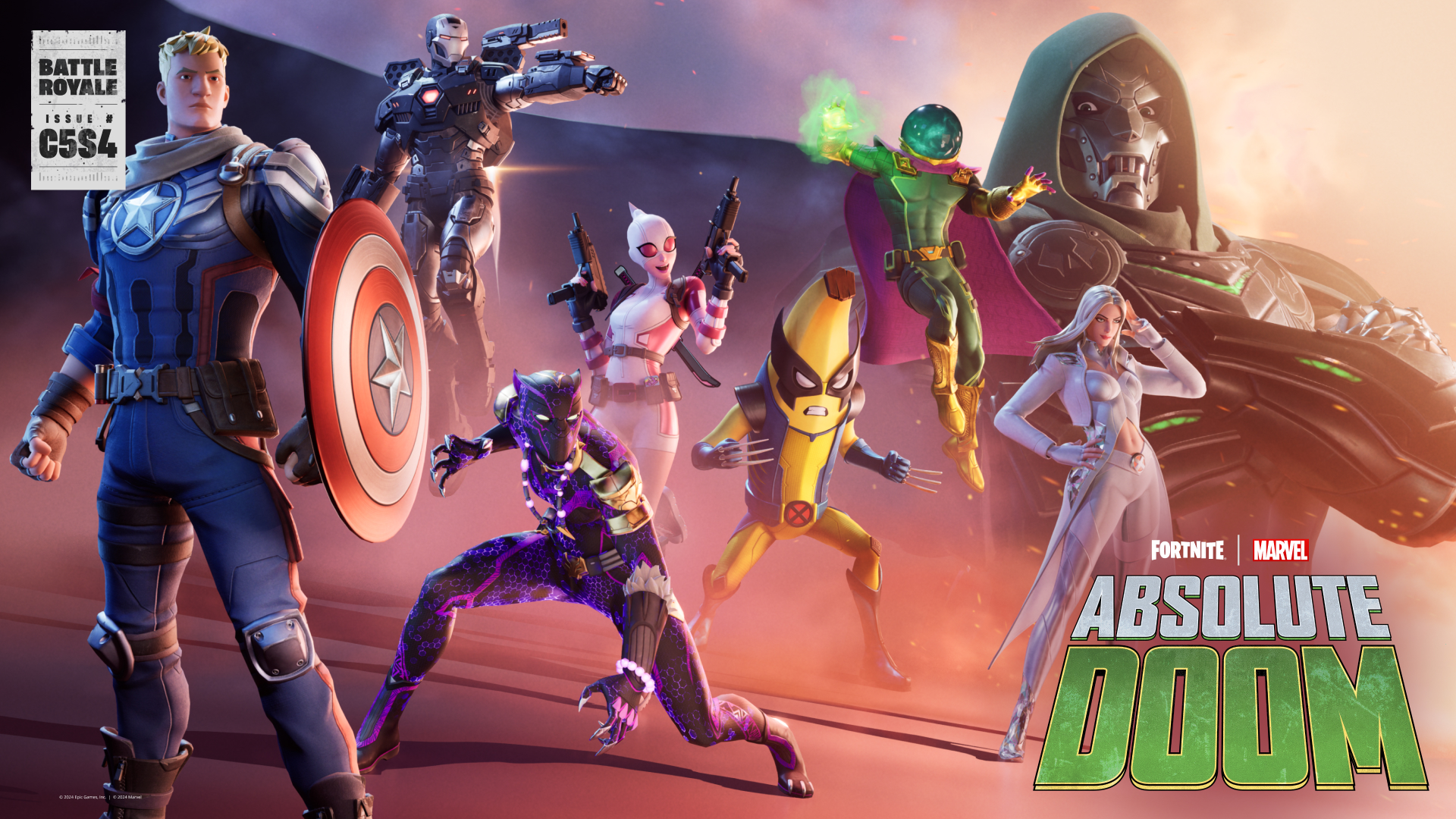 Fortnite reveals unlockable skins in its Chapter 5 - Season 4 Battle Pass - Image from X.
Fortnite reveals unlockable skins in its Chapter 5 - Season 4 Battle Pass - Image from X.
This tactic was so popular that a 2018 study from LendEDU claimed that 69% of Fortnite players had spent money on the game, with purchases spread out between battle passes and single-purchase cosmetics.
World of Warcraft: The standard for subscription models
World of Warcraft has succeeded with this model largely because there’s always new content to keep its players satisfied, including expansions, raids, quests, and more, leaving players happy with their decision to support the game.
On the surface, it might seem overwhelming to have to keep up with an ever-growing game like WoW. When you take a closer look, you’ll learn that Blizzard Entertainment, its developer, has cultivated a loyal fanbase with a game rich with lore and evolving features that fans will gladly pay to keep alive and pushing forward.
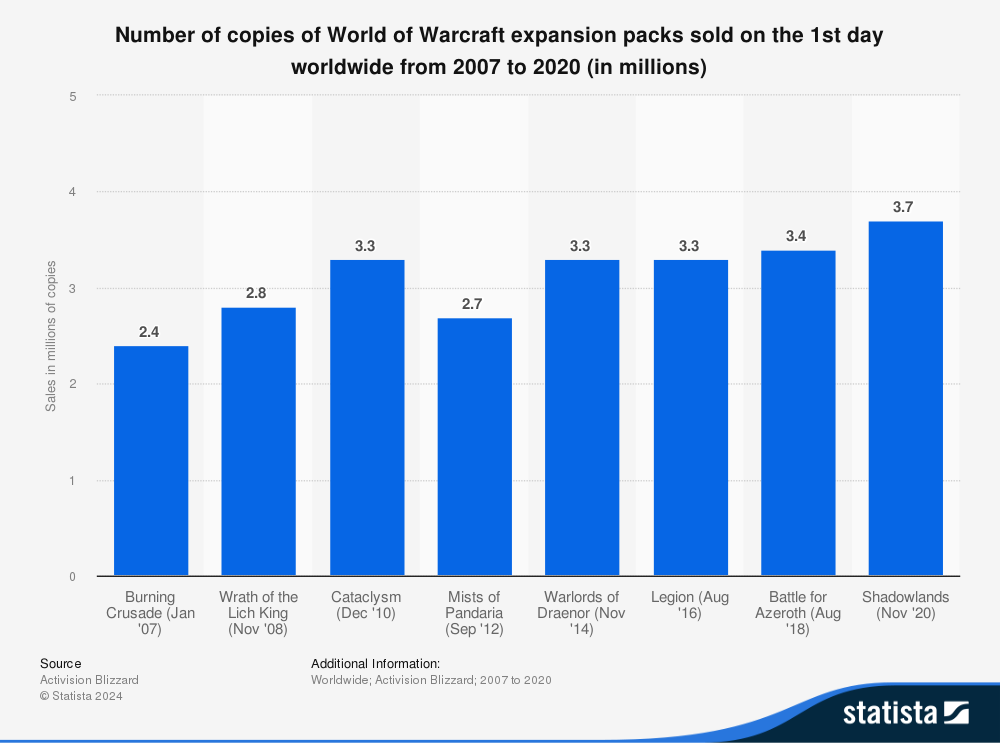
World of Warcraft expansions sold on the first day highlight the player base’s loyalty - Image via Statista.
In fact, the game’s appeal is still so strong, 20 years after its initial release, that millions will still (figuratively) line up to buy its expansions on launch day. Data from Statista revealed that its new expansions, dating back to 2007, have sold millions of copies on their respective launch days, with the most recent one, Shadowlands, selling 3.7 million copies in 2020.
With years to evolve and grow with its fanbase, WoW is a clear-cut example of how to age gracefully in the gaming sphere.
Winners of the premium model: Baldur’s Gate 3, Stardew Valley, and Helldivers 2
Let’s take a look at games on opposite ends of the premium spectrum. Baldur’s Gate 3, one of 2023’s most celebrated games, was released at USD 69.99 / CAD 89.99 and sold over 2.5 million copies when it was still in early access. By February 2024, the game had sold over 10 million copies.
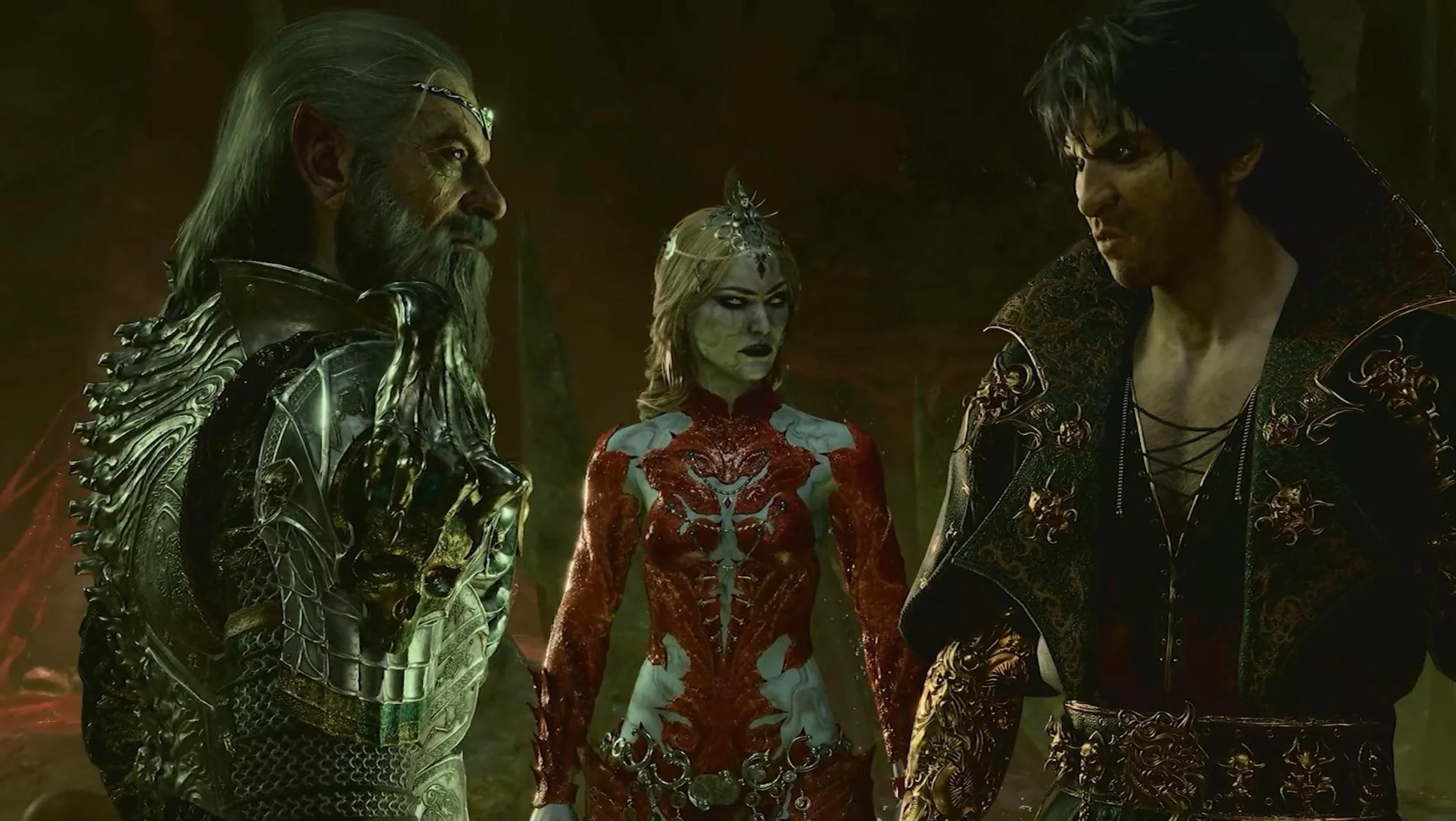 Baldur’s Gate 3 offers a complete and rich storyline from the beginning - Image from X.
Baldur’s Gate 3 offers a complete and rich storyline from the beginning - Image from X.
What separates Baldur’s Gate 3 from its competitors is just how much it offered to players from the beginning. With well over 80 hours of content and released in a state with fewer bugs than we’ve come to expect, Larian Studios’ latest captured the hearts of gamers with its rich storytelling, deeply intricate combat, and rewarding exploration.
In addition to its release date readiness, Larian Studios has also been consistently issuing patches along with extra free content to give players more reasons to complete multiple playthroughs.
On the other side of the premium coin are games that still require a purchase but don’t charge AAA prices. Games like Stardew Valley and Helldivers 2 cost substantially less than the average AAA game, but still offer a complete experience.
 Stardew Valley - Gameplay image from Concerned Ape's official Website
Stardew Valley - Gameplay image from Concerned Ape's official Website
Stardew Valley charges players a low upfront cost of USD 14.99/CAD 16.99, but don’t let the price convince you that the content is thin. HowLongToBeat aggregated the average playtimes of the game and found that players could spend anywhere between 53 to 166 hours in the game.
Sony’s biggest surprise hit of 2024, Helldivers 2, charges USD 39.99/CAD 49.99 but delivers new content daily and weekly. Due to its real-time updates, there could be new missions for players to complete that can be added on a whim, largely depending on how the developers are feeling at any given moment.
Much like Baldur’s Gate 3, the games are constantly updated — the examples in question have always made them free updates — to give players a reason to constantly return to their respective expansive universes.
Loyalty is the Most Valuable Currency
Every game needs a monetization strategy that aligns with its type, target audience, and the value it offers. Whether it's a multiplayer live-service game designed for long-term engagement or a narrative-driven experience with no post-launch surprises, choosing the right profit model is nearly as important as the game's quality.
Unsurprisingly, loyal players are going to be more inclined to spend more on their favourite games. By taking the time and finding the right monetization strategy that aptly complements your game, you’ll position your game to be successful in its niche.
Though not every game is a direct competitor, they are all essentially competing for a player’s limited time and attention. By providing them with reasons to stay, be it through cosmetics or story expansions, they will feel like they are cherished and spend more time and money in your game’s universe.
Next Steps in Your Monetization Selection Process
Looking for a guide in your quest for the perfect monetization strategy? Our Game Market Analysis is the tool for you! With this comprehensive tailored report, we’ll provide you with the market insights you need, from your players definition to custom competitive analysis and your game’s unique selling points (USP), to help it stand out in a crowded market!







